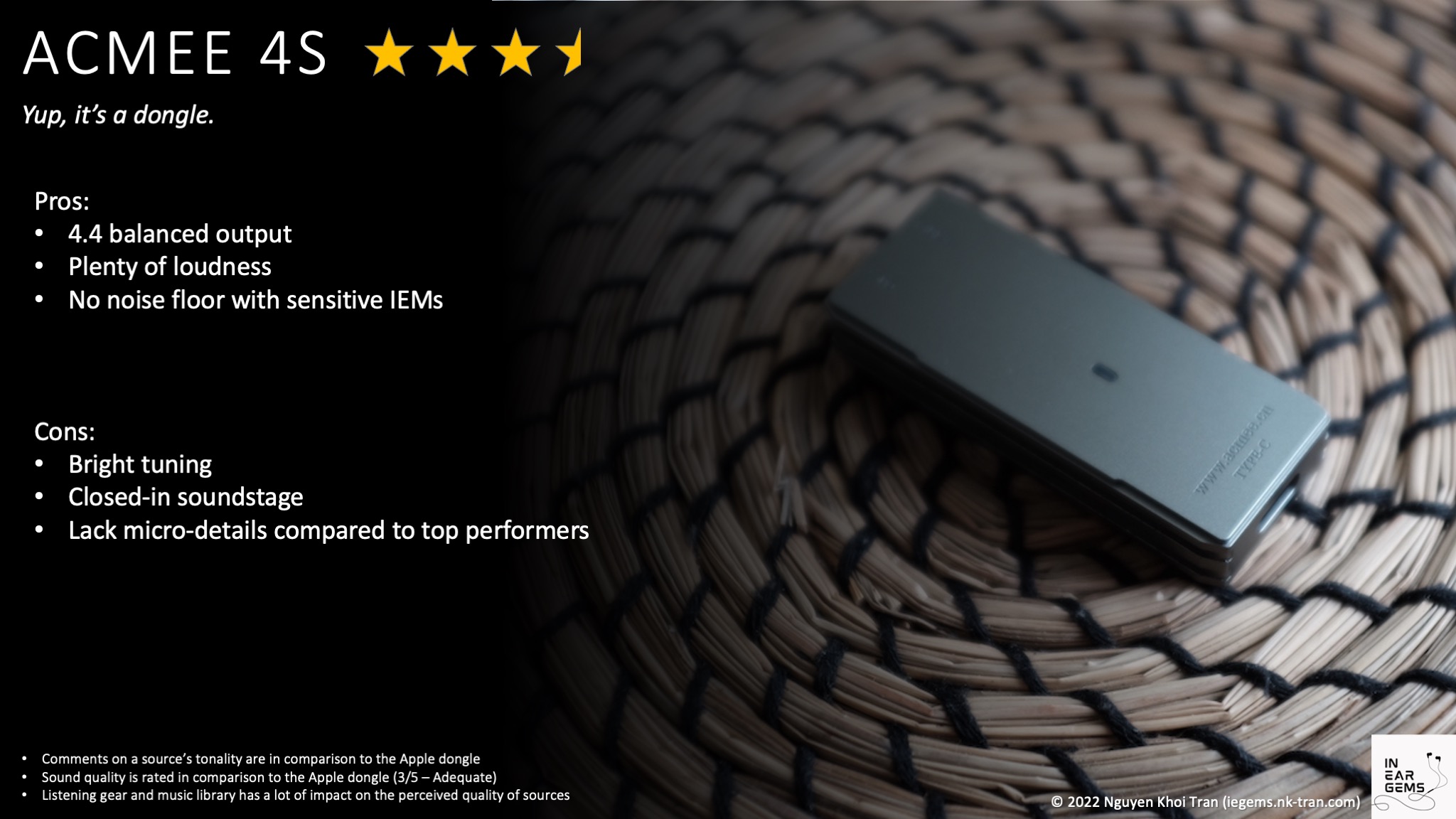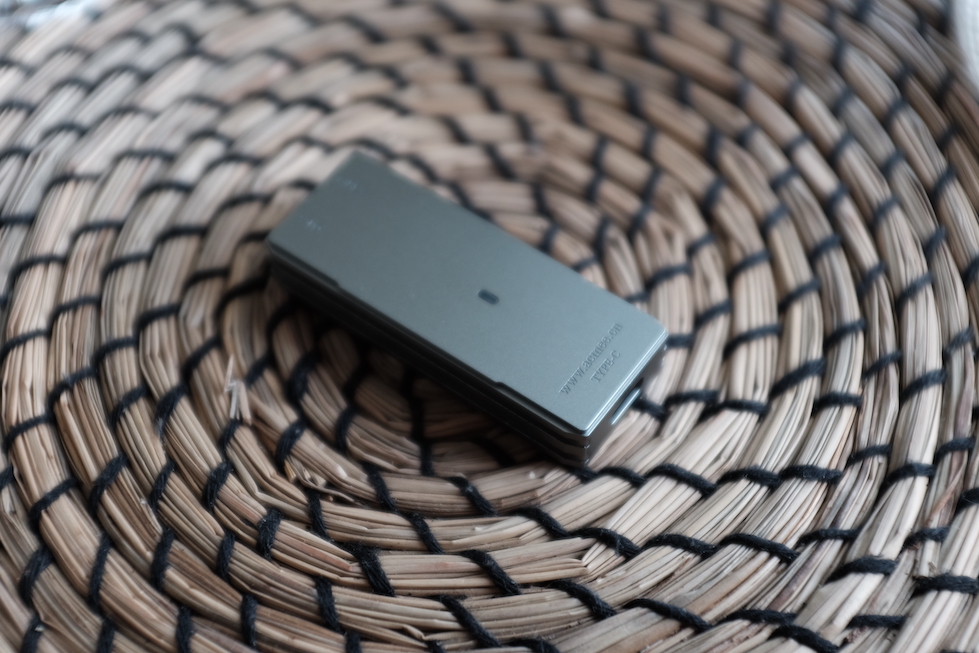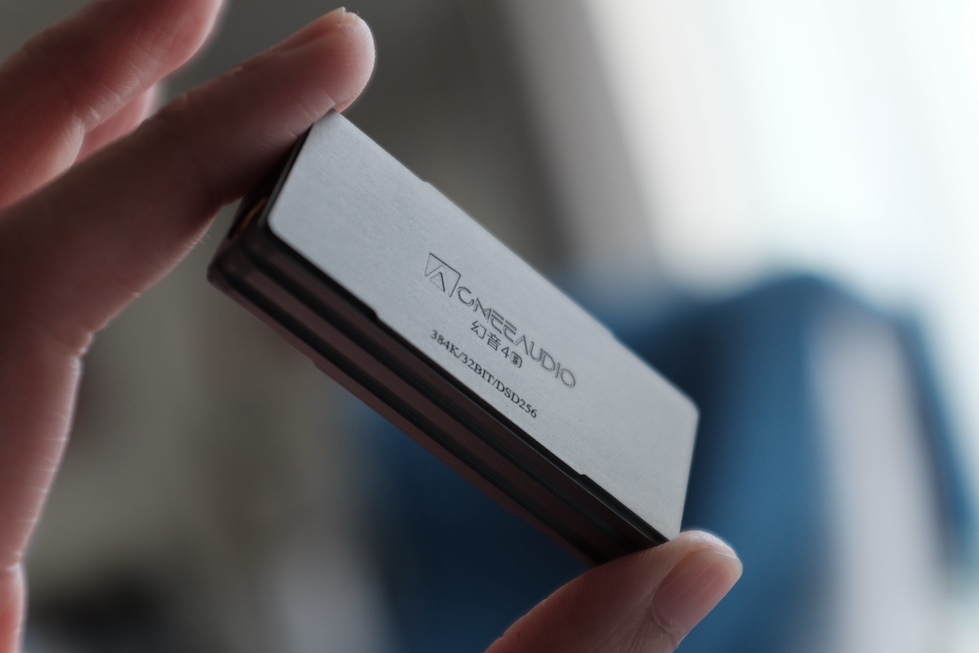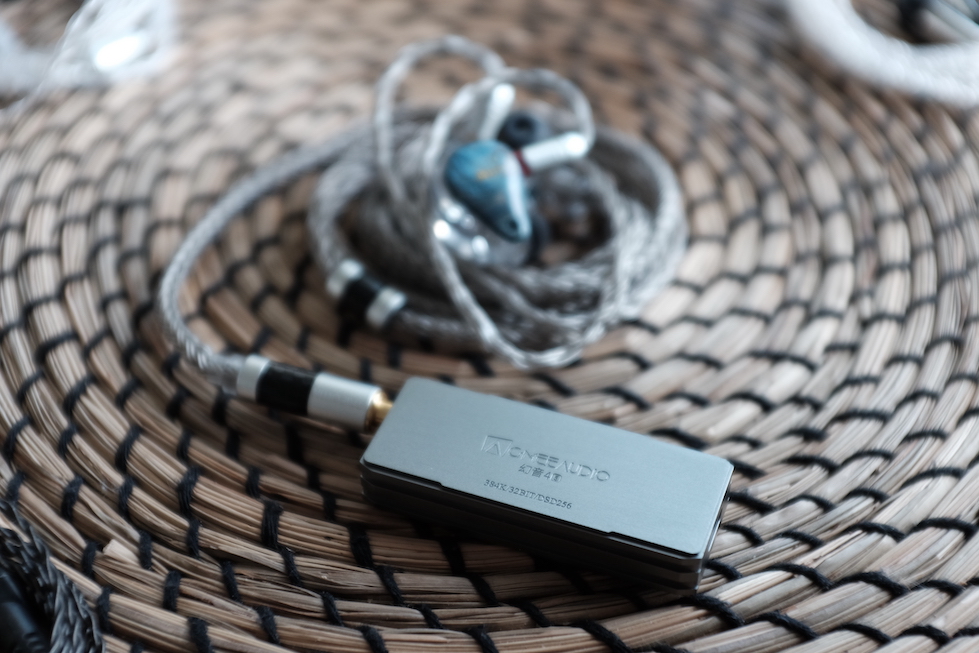ACMEE Magic Sound 4S - Yup, it’s a dongle
What do you think about when you hear the name “ACMEE?”
I personally fondly recall the Looney Tunes of the old:
Fortunately, the device we discuss today is not a wacky invention from Acme cooperation but a DAC/amp dongle called Magic Sound 4S from ACMEE, a Chi-Fi manufacturer established in 2014.
Is 4S any good? Let’s find out.
Preambles:
- I use the term “source” to denote a DAC + Amp combo.
- Sources do not make sounds. Therefore, when I say sources “sound” a certain way, I talk about the change they make to my IEMs and earphones.
- I want my music to be crisp, clear, well-separated and form a 3D soundstage around my head. Sources that intensify those characteristics of my IEMs are considered “better”.
- This review is based on my subjective experience. Ratings are given based on A/B tests with benchmark sources and IEMs.
- Making loud noises does not mean that a pair of IEMs or earphones are driven to their full potential.
- Despite my textual descriptions, improvements from sources are minor and nuanced. If you are beginning your head-fi journey, getting different IEMs or earphones would yield more benefits. If you know your gears very well, improvements from sources can be delightful.
- This review is based on a sample sent by Penon Audio (Thank you!) The unit retails for $79 and can be found on the Penon website here (unaffiliated link)
Specs:
- DAC Chips: ES9018K2M
- OpAmp: Ricore RT6863D x 2
- Output ports: 3.5mm (Single-ended) and 4.4mm (balanced)
- Single-ended: 250mW (16 ohm)/125mW (32 ohm)/26mW (150 ohm)
- Balance: 270mW (16ohm)/500mW (32 ohm)/106mW (150ohm)/53mW (300ohm)/26mW(600ohm)
- PCM384K/32BIT
- DSD NATIVE256/DOP128
Handling and Usability:
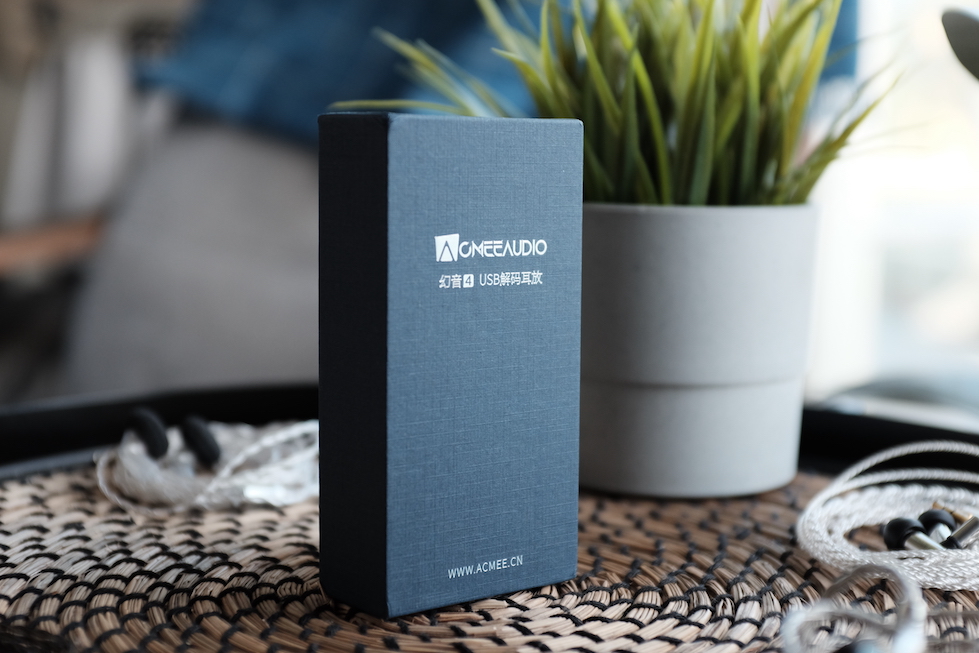
The device itself is encased in a rugged metal frame. On one side, you have a USB-C cable. On the other side, you have the 3.5mm and 4.4mm outputs.
How to use 4S? Very straightforward. You use the supplied USB dongle to connect 4S to your phone or laptop and connect your IEMs to one of the outputs. When you play your music on your phone, the digital data is transmitted via the USB cable to 4S. The DAC (digital-analogue converter) chip inside 4S translates the data into electrical signals. The dual OpAmps make the signals louder so you can hear from your IEM or headphones. These operations directly consume electricity from your phone, so no charging or external power supply is necessary. There is no on-device control, so you need to adjust the volume from your phone.
Sound Performance
Gears for A/B tests:
- Moondrop Blessing 2 (22ohm, 117dB/Vrms)
- Campfire Audio Andromeda 2020 (12.8ohm, 112.8dB/mW)
- Final Audio E5000 (14ohm, 93dB/mW)
- TGXear Serratus (300ohm)
- Apple USB-C to 3.5mm dongle (Baseline)
- Hidizs S9 Pro (Good dongle)
- Fiio K7 (Desktop setup)
Playlist for A/B tests: IEGems Playlist
The sound of 4S can be described as closed-in, bright, yet lacking some micro-details.
By closed-in, I mean the soundstage feels more in-your-face or in-the-head compared to many other dongles.
By bright, I mean 4S makes the upper midrange (e.g., female vocal) noticeably louder. This shift in tonal balance likely produces the closed-in soundstage presentation.
The “lacking some micro-details” is self-explanatory. By itself and with some music genres, 4S is just fine. However, suppose you listen critically and perform A/B tests with demanding genres such as classical recordings. You will likely hear the missing texture and background details in that case. Whether such a loss of details is detrimental to listening experiences depends solely on your preference.
Average IEM and earphones (3.5/5) - Above Average
I consider IEMs falling in the sweet spot of the amplifier within the Apple dongle as “average IEMs.” A poster child for this type is the famous Moondrop Blessing 2.
To me, any portable DAC/amp device can only justify its existence if it outperforms the Apple dongle in some ways. Fortunately, I have yet to see (hear) a dongle that fails this test.
How does 4S fare? Let’s start with the first test track, G.O.A.T. by Polyphia. The Apple dongle renders the mix with a thick and dense feeling. Elements on the soundstage feel closer and less separated. The edges of musical notes are also softer and somewhat dull.
The 4S increases the sense of space by separating elements in the mix, both left to right and front to back. For instance, the 4S pushes the guitars on the sides of the stage at 1:45 more towards my shoulder than the ear distance of the Apple dongle. The airy ambience in the background around 1:00 is highlighted more with 4S.
So far, so good. 4S outperforms the Apple dongle. Limitations started to rear their heads when I compared the 4S against the S9 Pro. Within the first 15 seconds, I noticed more complexity in the background ambience with S9 Pro, indicating that the S9 Pro retrieves more micro-details. Regardless of how much I turn up the volume of the 4S to give it the advantage of “louder is better”, it could not reveals the details that are apparent on S9 Pro. Another striking difference is the forwardness/loudness of the upper midrange of 4S.
Even though the fate of the 4S seems to be sealed, let’s compare 4S with the Fiio K7 for completion. I first noticed that K7 presents a more spacious soundstage where all elements are spread out and pushed slightly away from me. There is also that signature AKM smoothness of the treble, but that’s a story for another time.
Summary: 3.5/5 for driving typical IEMs.
Low-impedance, high-Sensitivity IEM (3.5/5) - Above Average
Low-impedance, high-sensitivity IEM presents a different set of challenges to portable sources:
- Noise floor. Highly sensitive IEMs such as the Campfire Audio Andromeda can reveal a constant hissing sound that is both distracting and destructive to details in your music. \
- Impedance mismatching. Low-impedance IEMs require dongles to have very low output impedance (OI). If the OI is too high, the tonality of the IEM will shift unfavourably.
- Loudness. Sensitive IEMs can get too loud with dongles, even at the lowest volume.
How does 4S handle Andromeda 2020? Let’s rely on G.O.A.T. as our test track again. Against the Apple dongle, 4S clearly shows a brighter tonality. I’m yet to determine whether this effect is caused by the tuning or because 4S has a high OI. The 4S also shows a significant improvement in terms of the soundstage size, extending further in all directions. The positioning of the sound, such as when instruments pop up on the stage, is more or less the same in terms of accuracy, but the increased size and brighter tuning with 4S make it easier to enjoy. I did not hear any hissing noise with the Andromeda, which is excellent.
Again, the limitations of 4S reveal themselves during A/B tests against the S9 Pro. From 1:40 to 2:10, S9 Pro reveals more details and nuances. The forward upper midrange of the 4S makes the soundstage feels flatter than S9 Pro. Both dongles are borderline too loud to use with Andromeda.
The K7 does not offer much improvement over S9 Pro in terms of sound quality. The best benefit of the desktop setup is the range of usable volume. Due to how Fiio sets up the volume pot, you have a broad zone where the volume increases slowly, allowing you to fine-tune the volume for Andromeda.
Summary: 3.5/5 for driving sensitive IEMs.
Low-impedance, low-sensitivity IEM (3.5/5)
Low impedance and sensitivity form the worst nightmare for most portable audio sources. There is no better representative of this IEM type than the Final Audio E5000. This IEM is the only one in my collection I strongly urge you not to buy if you insist on running it with an Apple dongle unless you desire a fuzzy, muddy, congested sound.
The ACMEE 4S drives E5000 better than the Apple dongle, without a doubt, with plenty of volume left to turn up. However, it doesn’t do as well as a good dongle like S9 Pro or a desktop setup like K7.
The G.O.A.T. track highlights the limitation of 4S in terms of micro-details and nuances. For instance, during the first guitar riff at around 0:27, the test track includes a faint electronic sound at the far right of the stage, slightly to the back. S9 Pro and K7 manage to separate and highlight these details more clearly than the 4S. The ambience in the background, starting from around 0:55, is also rendered with more nuances by S9 Pro and K7. The only saving grace of 4S in this test track is the power of kick drums, which matches the K7 and out-punches S9 Pro (single-ended output).
The presto movement of Summer highlights the unusual presentation of 4S. It makes the orchestra brighter and pushes all the instruments into my head. On the other hand, S9 Pro pulls the orchestra away from me in all directions. It makes the instruments slightly warmer and darker. K7 pulls the orchestra another step further in all directions. The spacious presentation of the desktop gear remains even when I try to make the volume much louder.
Summary: 3.5/5 for driving low-impedance, low-sensitivity IEMs.
High-impedance earbuds (3.5/5)
Getting loud sound out of high-impedance headphones or earphones is the quintessential purpose of getting a headphone amplifier. For this test, I rely on 300ohm earbuds called Serratus.
ACMEE 4S can get Serratus loud easily with plenty of volume left. However, it strips some of the magic of Serratus in the process. For instance, the ACMEE dongle presents the presto movement of Summer a bit brighter and more closed-in. A layer of subtle details of the instruments is missing. Moving to S9 Pro brings some details back and pulls the orchestra further away for more “breathing space.” The soundstage assumes a 3D shape with instruments popping up, not just left to right but also closer to further away. Moving to K7 brings the experience up a notch, though the improvement is not as extreme as moving ACMEE to S9 Pro.
Summary: 3.5/5 for driving high-impedance gear.
Conclusion
ACMEE 4S is an affordable dongle with a lot of loudness. If this dongle is the only option (and you don’t intend to listen very closely and compare), it’s not a poor choice.
Pros:
- 4.4 balanced output
- Plenty of loudness
- No noise floor with sensitive IEMs
Cons:
- Bright tuning
- Closed-in soundstage
- Lack of micro-details compared to top performers
